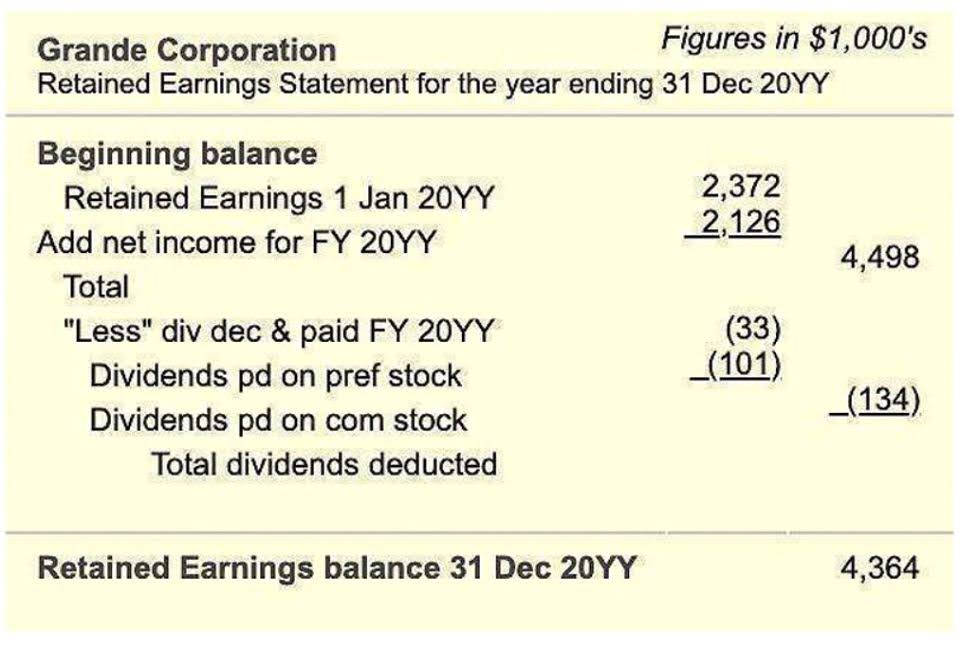A List of Account Titles in Accounting

When the company repays the bank loan, the Cash account and the Notes Payable account are also involved. This purchase will decrease Travel Agency Accounting money in my bank account, which the cheat table shows as a credit. Let’s say we are trying to determine the bookkeeping entry to record a term deposit? Okay, let’s think our way through this small business bookkeeping entry.
- Knowing the normal balance of an account helps maintain accurate financial records, prepare financial statements, and identify errors in the accounting system.
- Interest earned by a bank is considered to be part of operating revenues.
- For example, you can usually find revenues and gains on the credit side of the ledger.
- In double-entry bookkeeping, the normal balance of the account is its debit or credit balance.
- The fund balance has different types, each showing how money can be used.
- Common accounts include bank accounts, accounts receivable, inventory, accounts payable, sales, expenses like materials purchased, and equity accounts like retained earnings.
1. Accumulated Depreciation Asset Contra

When we’re talking about Normal Balances for Expense accounts, we assign a Normal Balance based on the effect on https://www.bookstime.com/ Equity. Because of the impact on Equity (it decreases), we assign a Normal Debit Balance. Equity (what a company owes to its owner(s)) is on the right side of the Accounting Equation. Assets (what a company owns) are on the left side of the Accounting Equation. If an account has a Normal Debit Balance, we’d expect that balance to appear in the Debit (left) side of a column. If an account has a Normal Credit Balance, we’d expect that balance to appear in the Credit (right) side of a column.

Revenues, Expenses, and the Implications for Normal Balances
Every transaction that happens in a business has normal balance of accounts list an impact on the owner’s Equity, their value in the business. Liabilities (on the right of the equation, the credit side) have a Normal Credit Balance. Shaun Conrad is a Certified Public Accountant and CPA exam expert with a passion for teaching. After almost a decade of experience in public accounting, he created MyAccountingCourse.com to help people learn accounting & finance, pass the CPA exam, and start their career. We’ve been developing and improving our software for over 20 years! Thousands of people have transformed the way they plan their business through our ground-breaking financial forecasting software.

The Importance of Multilingual Financial Forecasting for Global Businesses
This considers things like the economy, recovering from big events, and planning finances. Changes – It’s inevitable that you will need to add accounts to your chart in the future, but don’t drastically change the numbering structure and total number of accounts in the future. A big change will make it difficult to compare accounting record between these years. The prudence concept is a core accounting principle that means choosing conservative methods to understate assets and overstate liabilities, anticipating potential losses and…
- Accountants look for patterns and relationships between accounts to confirm that the recorded transactions make logical sense within the context of the business’s operations.
- If you don’t leave gaps in between each number, you won’t be able to add new accounts in the right order.
- Whether you’re an entrepreneur or a seasoned business owner, understanding the normal balance of accounts is crucial to keeping your business’s financial health in check.
- This means that debits exceed credits and the account has a positive balance.
- The exceptions to this rule are the accounts Sales Returns, Sales Allowances, and Sales Discounts – these accounts have debit balances because they are reductions to sales.
- Recording an expense as a debit shows its reducing effect on equity.
As a result these items are not reported among the assets appearing on the balance sheet. Whenever cash is paid out, the Cash account is credited (and another account is debited). Whenever cash is received, the Cash account is debited (and another account is credited). To decrease an account you do the opposite of what was done to increase the account.
